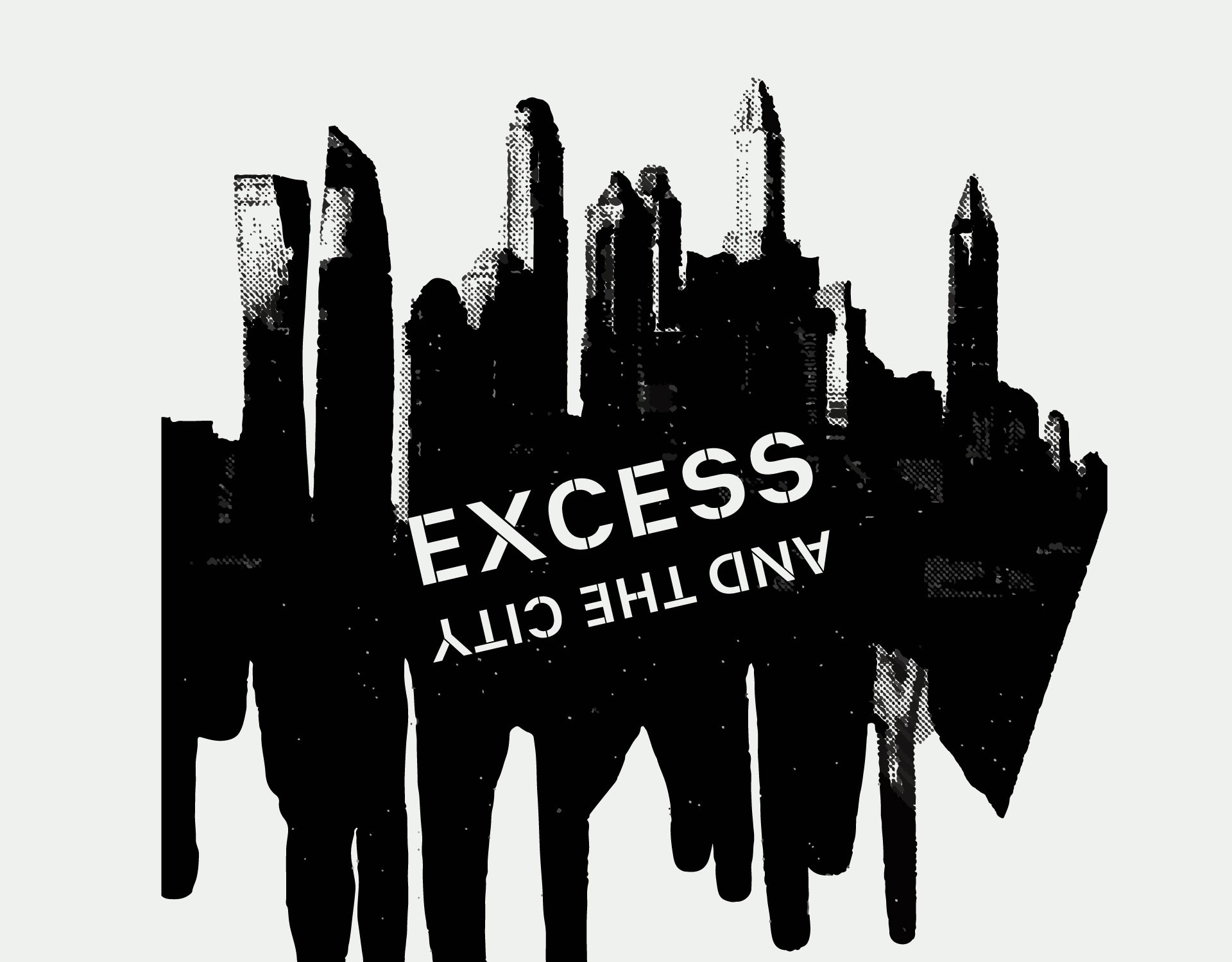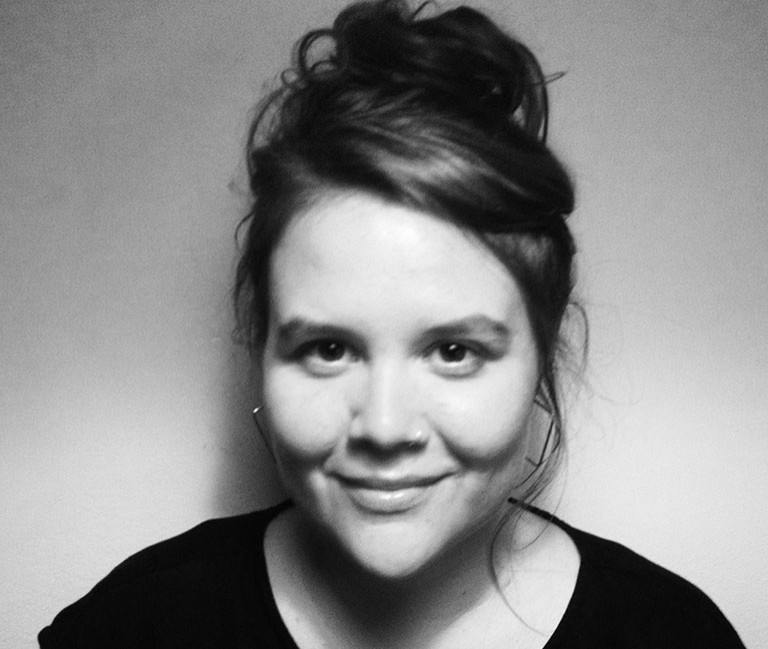How did this course come about and how did you get involved with the Office of Rules and Norms?
I wanted to come up with new housing solutions beyond social housing. In the last three years, I became involved in a project called Vivacité to come up with new types of non-speculative housing, perpetually affordable homeownership. I looked at the back end of the housing crisis. I began to understand the mechanisms that make it so hard to build affordable housing and I understood more concretely the way the system is structured.
Through that work I became more interested in the fundamental reasons why cities are so unaffordable, which brought me to meet Jonathan Lapalme of the Office of Rules and Norms (ORN). ORN is based on the idea that rules and norms form the deep architectures of our societies, but they’re elusive and hard to grasp. Can we as artists engage with the deep architecture of those systems, make them more visible, and reflect upon them in a more critical way?
These shared ideas led Jonathan to ask me if I’d like to do this seminar.
I’ve always found working with artists to be a fascinating relationship because I have a deep belief that artists can go to the edges of the public debate and consciousness. They’re allowed to explore ideas that are uncomfortable. Sometimes my perspective helps them deepen their work. It’s very stimulating and creative and I would say an essential type of exchange for me.
What exactly do you mean by speculation and anti-speculation?
For me, speculation and speculative housing is about the way we took land and what we built on it (houses, shops, etc.), and how we turned them into a financial product and an investment vehicle. We do that more and more rapidly. The whole system revolves around extracting private value from land and from housing units, so that these can become increasingly liquid investment vehicles and nothing more than that. This is the logic of speculation.
Anti-speculation is anything that tries to take land, housing and anything built on land, and bring it back closer to the way we use it. Not as exchange value, but it’s value as a place where we live, where we meet, love, work, the fundamental things about human life and the way we connect together and with other species.
This is the big distinction between speculative and non-speculative housing.
We need to take a hard look at the way we use land right now. We use it as a mechanism to store value. The tools we have so far only allow us to have an individual and private capture of that value. Before we can undo the notion of private property, maybe we can think of mechanisms to better redistribute the value that is stored in land. There’s a new generation of digital tools and debates around these issues that makes me think we have something there!


 Design by Marie-Sophie Bainville.
Design by Marie-Sophie Bainville.
 Visiting artist Marie-Sophie Bainville will lead the seminar PERC 498: [Anti] Speculation-Excess and the City Photo credit: Yann Chevalier
Visiting artist Marie-Sophie Bainville will lead the seminar PERC 498: [Anti] Speculation-Excess and the City Photo credit: Yann Chevalier